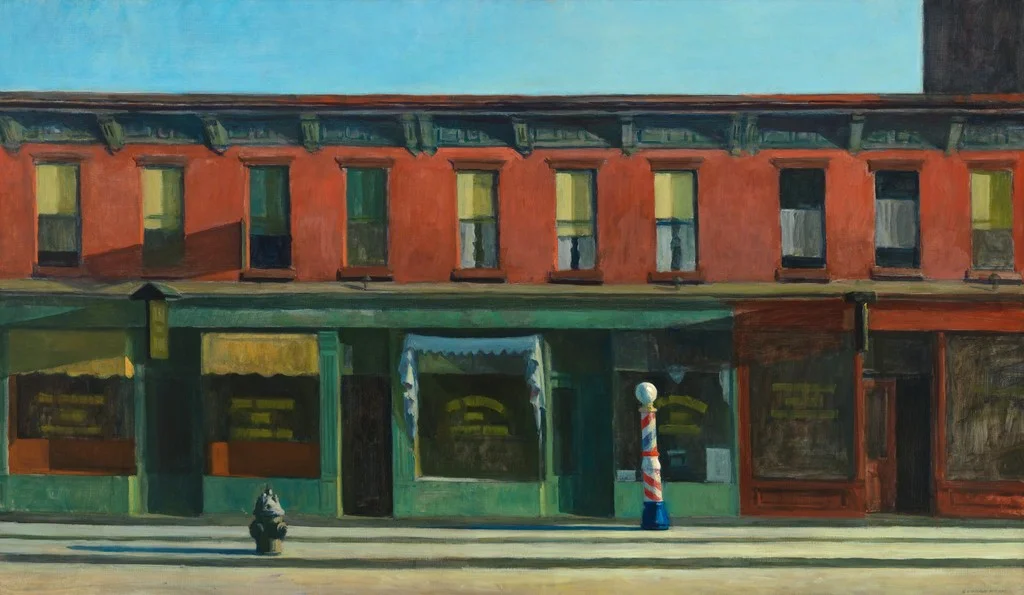PUBLICATIONS
Bidding for Firms: Subsidy Competition in the U.S. Journal of Political Economy 133(8) August 2025. Awards: National Tax Association Outstanding Doctoral Dissertation in Government Finance and Taxation, International Industrial Organization Conference Best Rising Star Paper, University of Virginia Outstanding Dissertation. Data: Dataverse. Data Appendix.
Corporate Political Spending and State Tax Policy: Evidence from Citizens United (with Alisa Tazhitdinova and Sarah Robinson) Journal of Public Economics 221 May 2023. Publisher’s Link. Featured in: Wall Street Journal, Harvard Law School Forum.
Evaluating State and Local Business Tax Incentives (with Owen Zidar) Journal of Economic Perspectives 34(2) Spring 2020. Slides. Featured in: Wall Street Journal, Forbes, Governing.
WORKING PAPERS
Consolidation and Political Influence in the Auto Retail Industry (with Sarah Moshary) Reject and Resubmit at the Journal of Political Economy Abstract: This paper provides novel empirical evidence on the causal link between consolidation and political influence. Focusing on the auto retail industry, we show that mergers lead to higher levels of industry lobbying, on the order of +70%. This increase is driven by mergers that resolve the collective action problem, leading firms to internalize a greater share of lobbying benefits. Further, this lobbying translates into more favorable legislation for the industry; we estimate a 7ppt increase in enactment probability for bills that car dealers support. Our findings underscore the distinction between concentration and size in economic models of lobbying.
The Political Economy of Subsidy-Giving Abstract: Politicians regularly offer large discretionary subsidies to attract firms to their jurisdictions. In this paper I quantify the political benefit of this subsidy-giving by combining hand-collected subsidy data, county level election returns, and an original survey of voters. Subsidy-giving generates a 2ppt increase in vote share for incumbent governors in the winning county. I use the survey estimates to inform bounds on a state-level effect, and I find that observed subsidy-giving is pivotal for 12% of the elections in the sample. I show that this effect is not due to realized job creation. Instead, the salience of firm attraction drives electoral rewards.
State Capacity and Infrastructure Costs (with Zachary Liscow and William Nober) [Updated! 8/25] Abstract: How much is a good bureaucrat worth? We study this question in the case of U.S. infrastructure construction; a setting where costs are high and rising. We find that higher-quality government engineers deliver observationally similar projects at significantly lower cost; going from the 25th to 75th percentile of engineer quality is associated with a 14% reduction in project-level costs. Further, losing expertise to retirement has substantial consequences: the cost increase arising from engineer departures is six times the size of their wages. Our results highlight the value of experience and human capital in public organizations. Survey with responses. Featured in: Bloomberg, Project Syndicate.
Legislation, Regulation and Litigation: Demand for U.S. Legal Services in Historical Perspective (with Ariell Reshef) [New! 7/25] Abstract: The employment share of legal services in the U.S. more than doubled during 1970–1990, in stark contrast to stability during 1850–1970 and after 1990. During the same period, the relative wage of lawyers and law firm partners increased by 60%. We argue that this demand shift was driven by important legislative and regulatory events, starting in the mid-1960s and lasting throughout the 1980s. These changes increased the scope of the law and uncertainty over legal outcomes. Consistent with this, we find that employment and compensation of lawyers are tightly correlated with federal regulation, fee shifting statues, and civil litigation, over a period of 100 years. These findings are supported by state-level and individual-level analysis. Other factors, e.g., changes in lawyers’ quality, industrial composition and technology, are not important determinants of the demand shift. A back-of-the-envelope calculation suggests that 13% of the increase in demand for legal services in 1970–1990 is due to an increase in uncertainty in new legislation. This represents a cost of 28 billion dollars in 2024 alone, capturing misallocation of talent. Featured in: EconPol Forum.
Works in Progress
The Distributional Effects of Million Dollar Plants (with Ben Hyman, Moises Yi, and Owen Zidar)
Tax Discrimination: Competition in the Market for Firms (with Mathilde Muñoz)
